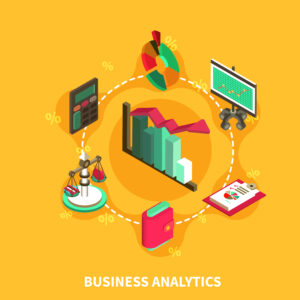Understanding Your Market

1.0 Identifying Target Audience and Customer Personas
▪ Target Audience
The target audience comprises the specific group of people most
likely to be interested in your products or services. Identifying them
involves segmenting the market based on various criteria which
include:
Demographics: Analyze age, gender, income, education,
occupation, and location. Understanding these factors helps in
tailoring marketing messages and choosing appropriate channels.
Psychographics: Explore interests, values, lifestyles, and attitudes.
Psychographic data provides insights into what motivates your
audience and how they make purchasing decisions.
Behavioral Data: Look at purchasing behaviors, brand interactions,
and usage patterns. This data helps in understanding how your
audience engages with your product or service.
▪ Customer Personas
Creation: Develop detailed personas representing your ideal
customers. Include aspects like personal background, goals,
challenges, and buying behavior. Use data from market research,
surveys, and interviews to build accurate personas.
Usage: Utilize these personas to guide your marketing strategies.
Tailor content, messaging, and campaigns to address the specific
needs and preferences of each persona, ensuring more effective and
personalized marketing.
1.1 Analyzing Market Trends and Consumer Behavior
▪ Market Trends
Current Trends: Identify and analyze trends affecting your
industry. This could include technological advancements, changes in
consumer preferences, or shifts in economic conditions.
Trend Sources: Use industry reports, market research studies, and
trend analysis tools to gather information. Stay updated with news,
trade publications, and thought leaders in your field.
Impact: Assess how these trends might affect your business and
marketing strategies. Adapt to trends to stay competitive and
relevant in the market.
▪ Consumer Behavior
Decision-Making Process: Study how consumers research,
evaluate, and choose products. Understand the stages of their
decision-making process, from awareness to purchase and postpurchase behavior.
Influencing Factors: Analyze factors influencing consumer choices,
such as social proof, reviews, pricing, and brand reputation. Conduct
surveys, focus groups, and analyze online behavior to gather
insights.
Data Collection: Use tools like Google Analytics, social media
insights, and customer feedback surveys to collect and analyze data
on consumer behavior. This helps in making informed marketing
decisions and refining strategies.
